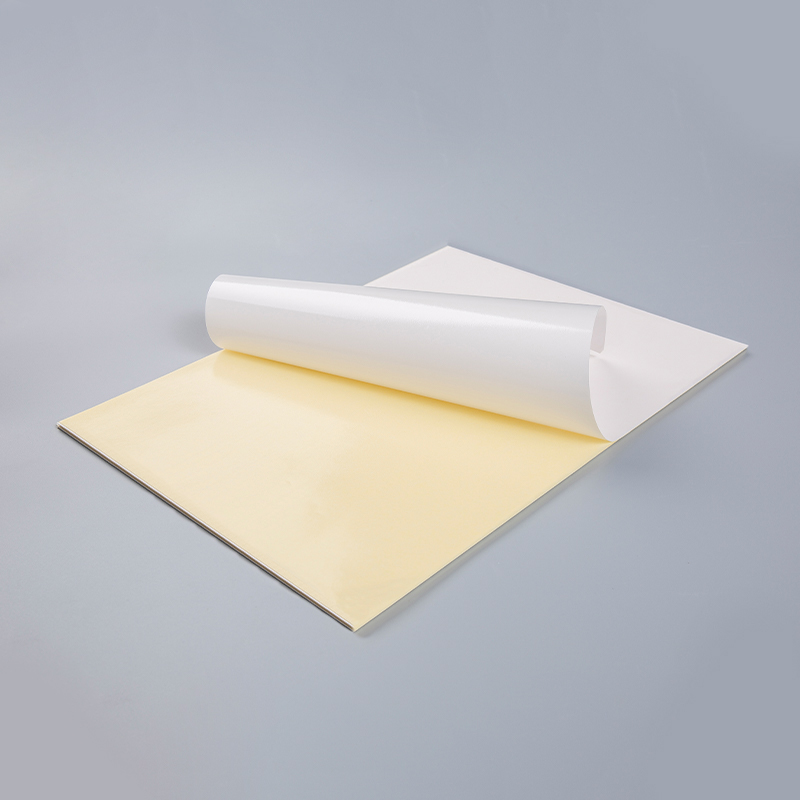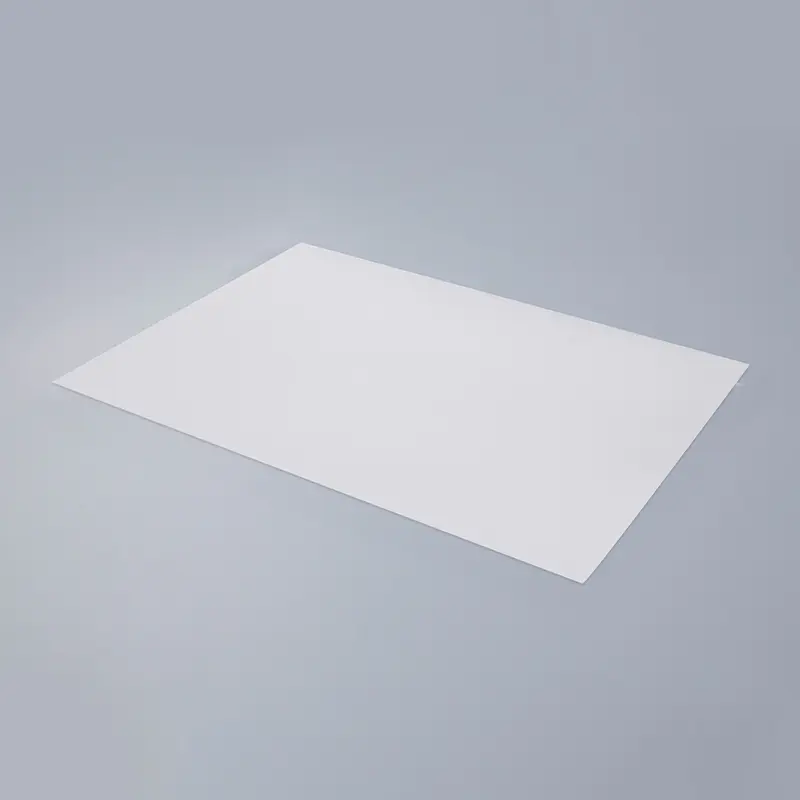Silicone release paper is a versatile and widely used material in various industries, particularly in packaging, labeling, and manufacturing processes. It plays a crucial role in applications where a non-stick, easy-to-remove surface is required. In this article, we’ll explore what silicone release paper is, how it’s made, and its many uses across different industries.
What Is Silicone Release Paper?
Silicone release paper is a type of paper that has been coated with a thin layer of silicone. The silicone layer gives the paper its characteristic non-stick properties, making it easy to peel off or remove when used as a protective surface. This paper is usually made from kraft paper, cellulose, or fiberglass, and the silicone coating is applied to one or both sides, depending on the specific requirements of the application.
The coating is typically applied using a curing process that involves heat, which bonds the silicone to the paper. This makes the paper resistant to sticking substances such as adhesives, inks, paints, and other materials, allowing it to be used as a release liner in various applications.
How Is Silicone Release Paper Made?
The process of making silicone release paper involves several key steps:
-
Base Paper Selection: The base paper, often made from wood pulp or synthetic fibers, is chosen based on its strength and ability to absorb the silicone coating.
-
Silicone Coating: A thin layer of silicone is applied to one or both sides of the paper. This is typically done through a process known as curing, where the silicone is heated to form a solid bond with the paper.
-
Curing: The silicone-coated paper is then passed through an oven or heated chamber where the silicone is cured, ensuring it bonds firmly to the paper and becomes resistant to sticking.
-
Cutting and Finishing: Once the silicone is cured, the release paper is cut into sheets or rolls of the desired size, ready to be used in various applications.

Key Characteristics of Silicone Release Paper
-
Non-stick Properties: The primary characteristic of silicone release paper is its ability to prevent substances from sticking to it. This makes it an ideal surface for handling sticky materials like adhesives or resins.
-
Heat Resistance: Silicone-coated paper can withstand high temperatures, making it suitable for applications involving heat-sensitive materials.
-
Durability: The silicone coating enhances the strength and durability of the paper, enabling it to resist tears, abrasions, and environmental wear during handling.
-
Versatility: Silicone release paper can be manufactured in various thicknesses, finishes, and coatings to suit different needs, making it adaptable for a range of applications.
Common Uses of Silicone Release Paper
Silicone release paper is widely used across different industries due to its unique properties. Here are some of the most common applications:
1. Labeling and Stickers
Silicone release paper is often used as a liner for self-adhesive labels and stickers. The non-stick properties of the silicone layer make it easy to peel the labels off without any resistance, ensuring smooth application. This is especially useful for manufacturers who need to produce high volumes of labels quickly and efficiently.
2. Packaging
In packaging, silicone release paper is used as a liner for sticky products such as tapes, adhesives, or food packaging. It helps protect the adhesive surface and ensures the product remains free from contaminants until it’s ready for use. Silicone release paper is commonly used for protective liners in food packaging, especially for products like cheese, baking sheets, and candy.
3. Medical and Pharmaceutical Applications
In the medical industry, silicone release paper is used for wound care products, such as bandages and adhesive strips. The paper prevents the adhesive from sticking to the backing and allows for easy application to the skin. It is also used in the production of transdermal patches that deliver medication through the skin.
4. Textile and Garment Manufacturing
In garment manufacturing, silicone release paper is used in the heat transfer process. It serves as a protective liner for fabric when applying heat transfer adhesives or prints. It prevents the adhesive from sticking to the iron or heat press, ensuring a smooth and clean application.
5. Electronic and Automotive Industries
In the electronics and automotive sectors, silicone release paper is used as a protective liner for adhesive tapes, gaskets, and sealants. The non-stick properties make it an excellent choice for products that require precision placement and easy handling, such as double-sided tapes or automotive seals.
6. Arts and Crafts
Silicone release paper is also popular in arts and crafts for its non-stick surface. It’s used for various DIY projects, such as stamping, scrapbooking, and embellishments, where it serves as a protective liner or surface to work with adhesives, glitters, or paints.
7. Food Industry
The food industry makes extensive use of silicone release paper, especially for baking and cooking. It can be used as a baking sheet liner, preventing dough or other foods from sticking to pans and ensuring easy removal after baking. This is particularly useful for sticky substances like caramel, toffee, or candy.
8. Industrial Applications
In industrial applications, silicone release paper is used in processes that require the application of adhesives, coatings, or films. Its ability to resist sticking to the applied material makes it ideal for manufacturing products like vinyl films, composite materials, or laminates.
Benefits of Using Silicone Release Paper
-
Efficiency: Silicone release paper speeds up production processes by preventing the adhesive or material from sticking to surfaces, reducing waste and improving accuracy.
-
Cleanliness: The non-stick surface ensures that products remain clean and free from contaminants, especially in sensitive applications like medical devices or food packaging.
-
Cost-Effective: By enabling easier handling of sticky materials, silicone release paper can reduce production time, improve yield, and ultimately save costs in manufacturing.
-
Protection: It provides an extra layer of protection for sensitive materials, preventing damage and ensuring that products arrive at their destination in optimal condition.
Conclusion
Silicone release paper is a highly versatile material with numerous uses across a wide range of industries. Whether you’re in packaging, labeling, medical manufacturing, or the food industry, this paper plays a crucial role in improving efficiency, cleanliness, and the overall quality of products. With its non-stick, heat-resistant, and durable properties, silicone release paper continues to be an invaluable tool in various production processes, making it an essential material for many applications.

 English
English Español
Español русский
русский Français
Français عربى
عربى











